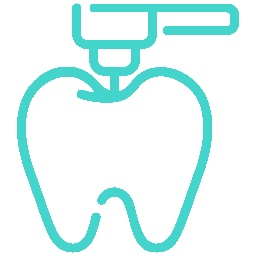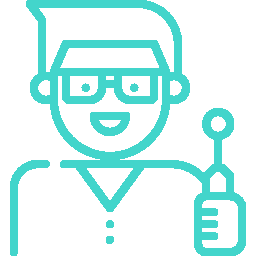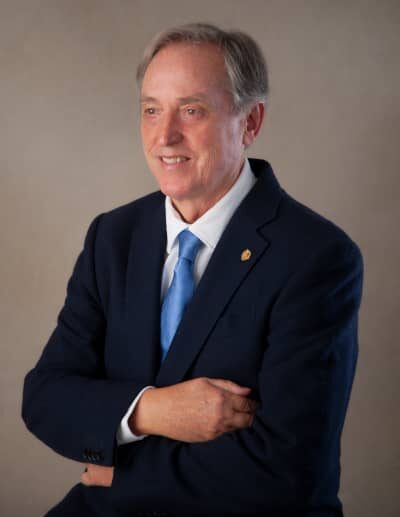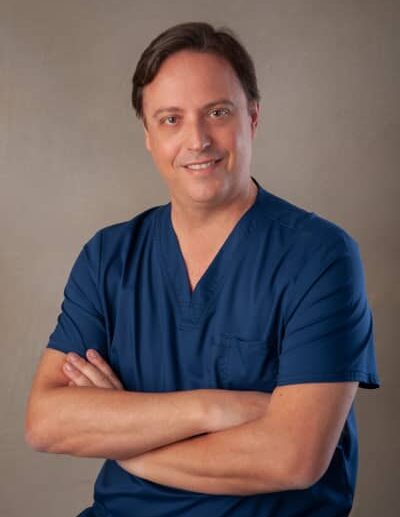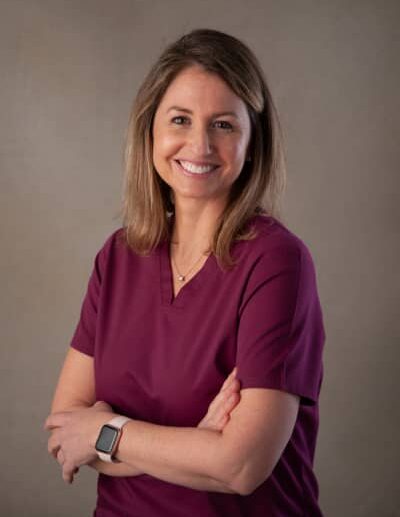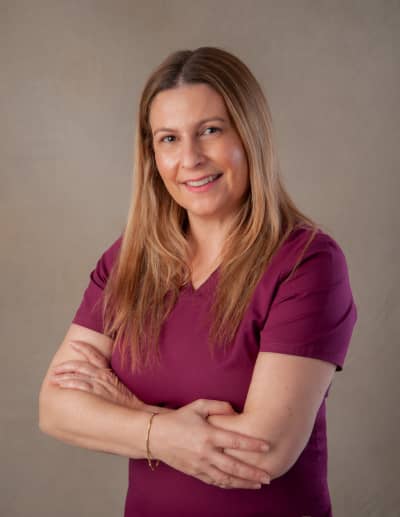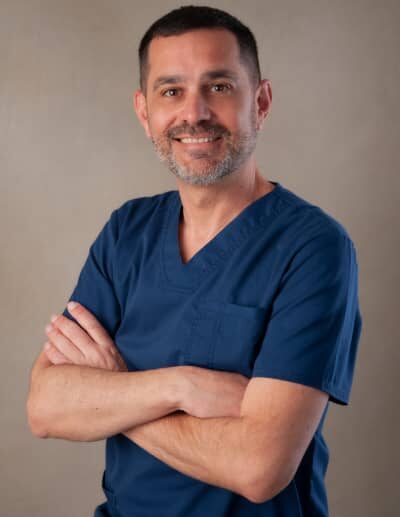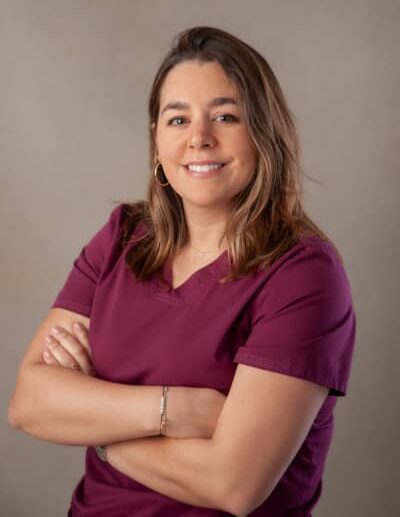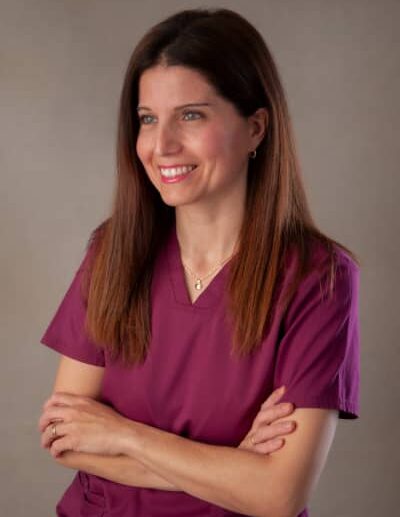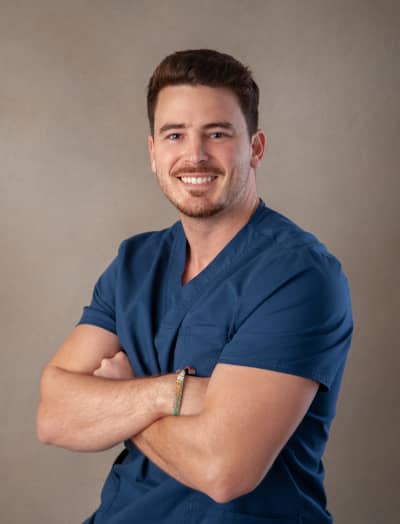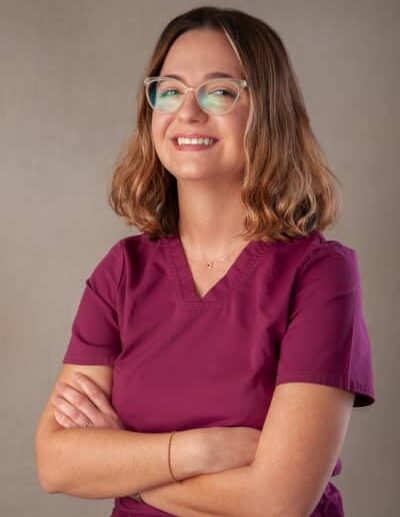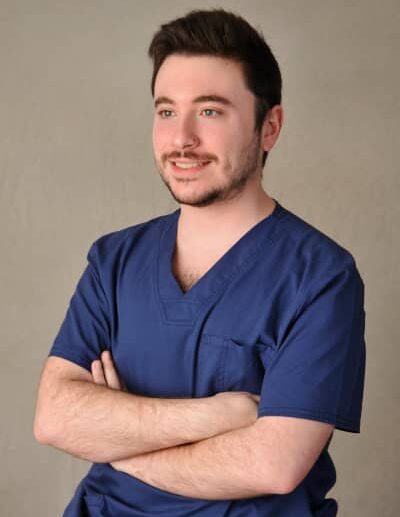Intravenous conscious sedation in Mallorca
At Udemax Clinics, we specialise in intravenous conscious sedation, a technique used on patients with fear or phobia, allowing them to remain relaxed and calm during their visit to the dentist.
The solution for patients with anxiety or phobia of the dentist
Regain your smile without fear of the dentist
Request your free appointment with our specialists in intravenous conscious sedation
If fear of the dentist has held you back until now, you’ve come to the right place. Leave us your details and we’ll call you back within 3 hours to answer all your questions and explain how we can help you experience dentistry without anxiety.
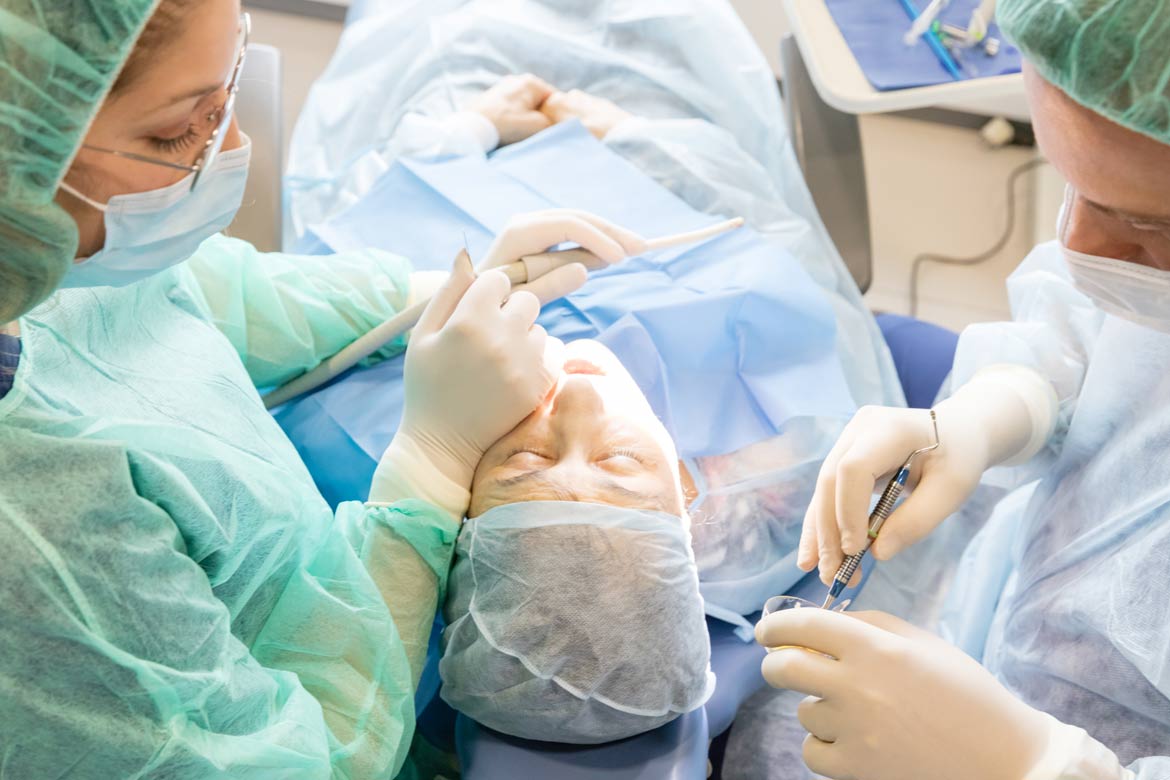
What is intravenous conscious sedation?
Intravenous conscious sedation is a technique that facilitates patient cooperation during any type of procedure. It helps specialists perform treatment more easily, while the patient remains conscious but feels no pain and experiences a sense of total calm.
It is a great application in dentistry because, although it does not treat the underlying problem, it allows patients with fear or anxiety to face treatment with serenity.
How does conscious sedation work?
Sedation is administered through an intravenous line. The medication has a calming effect on the patient, who remains awake and able to communicate with the specialist at all times.
At the end of the dental treatment, recovery is rapid, although it is recommended that you come accompanied. It is a completely safe technique, always administered by a specialised anaesthetist who monitors vital signs throughout the procedure.
Treatments that can be accompanied by conscious sedation
Although conscious sedation is a technique that can be requested for any treatment such as periodontal treatments and even those related to dental aesthetics and orthodontics, it is generally used more frequently in more complex dental procedures. That is to say, most patients request it for procedures such as:
Types of conscious sedation
The practitioner administering the sedation will choose the most appropriate system for the patient depending on the degree of dislike of the dentist and the duration of the dental treatment to be performed.
There are two methods of conscious sedation.
- Inhalation conscious sedation. In this case, the sedation is based on nitrous oxide and oxygen and is administered to the patient via the respiratory route. A mask will be the means by which the client will receive the gas mixture.
- Intravenous conscious sedation. In this case, sedation is received through an intravenous tube.
En ambos casos, la recuperación tras su aplicación es muy rápida. Una vez que e
In both cases, recovery after application is very rapid. Once the patient is free from the effects of sedation, the patient can return home, accompanied by someone they trust. As with other medications, the patient may not engage in risky activities in the hours following treatment (driving, use of machinery) or drink alcohol.
The technique of conscious sedation is not only useful in the case of patients suffering from odontophobia, but is also applied to patients with other pathologies that make it difficult for the patient to maintain the attention and stillness necessary for the application of the treatment, such as some intellectual or mental disabilities.
Benefits of intravenous conscious sedation
- It allows the patient to undergo the operation without stress as it reduces anxiety levels, achieving a degree of tranquillity and relaxation in an individualised manner.
- It is a completely safe technique as it is carried out by a specialised anaesthetist who controls the degree of sedation required and monitors the patient at all times.
- It does not have any side effects as it is a minimally invasive technique and is complemented by anaesthetic techniques so that the patient does not feel any discomfort during the operation.
Frequently asked questions about intravenous conscious sedation
The purpose of local anaesthesia applied by the dentist on other occasions is to numb an area of the body so that the patient does not feel touch or pain in the area, but it does not eliminate anxiety or relax the patient as conscious sedation does.
The most common treatments in which conscious sedation is requested are those in which it is necessary to perform a surgical intervention such as dental implants, but also in wisdom tooth extractions or root canals. However, any patient with no health anomalies who wishes to undergo an oral treatment can request conscious sedation in order to be more relaxed during the procedure.
The application of this technique requires specific infrastructure and machinery as well as a trained anaesthesiologist or dentist, which is why not all dental clinics have these resources. It must be taken into account that the anaesthesiologist must have the necessary tools to administer adequate sedation to the patient and to monitor the patient during the treatment being performed.
Triazolam is commonly used in dentistry, a drug that starts to produce effects 15 minutes after its application and produces what is known as anterograde amnesia. It is also possible to administer other drugs such as Lorazepam, Diazepam, Midazolam or Propofol, a currently widely used anaesthetic. Which one is finally chosen will depend on the specialist’s decision based on the patient’s medical history and the tests previously performed.
No, this type of technique is specially designed so that, in addition to a degree of consciousness on the part of the patient, the patient does not feel any pain or discomfort and has a feeling of well-being throughout the intervention. It is even possible to enter into a state of drowsiness or light sleep, although the patient would be able to respond to questions or indications made by the dentists who intervene in the procedure.





